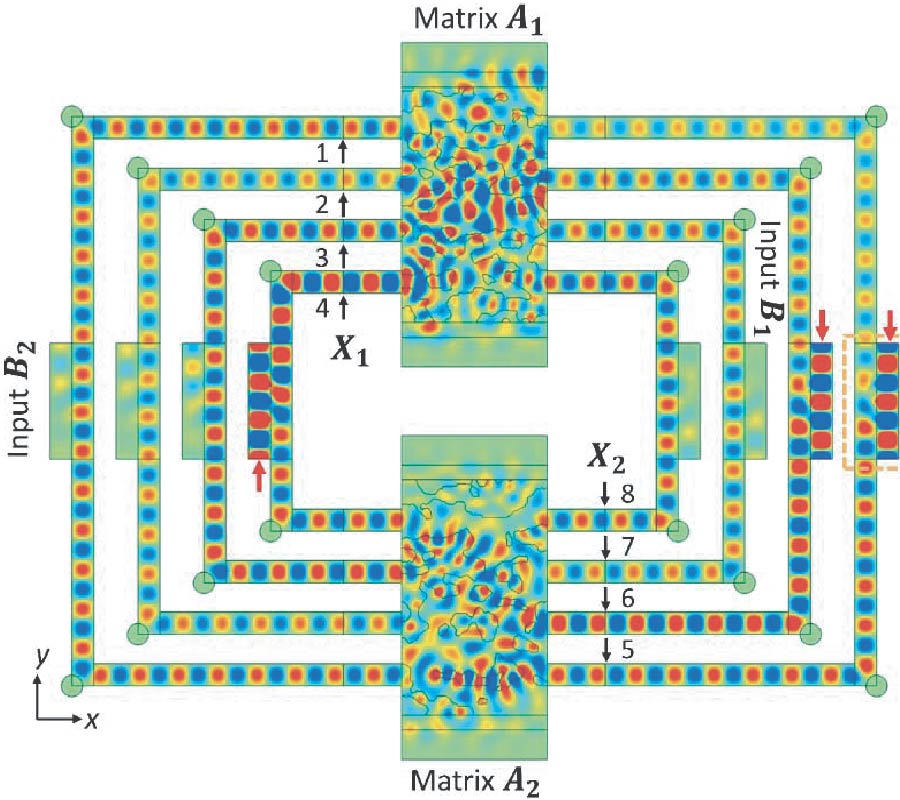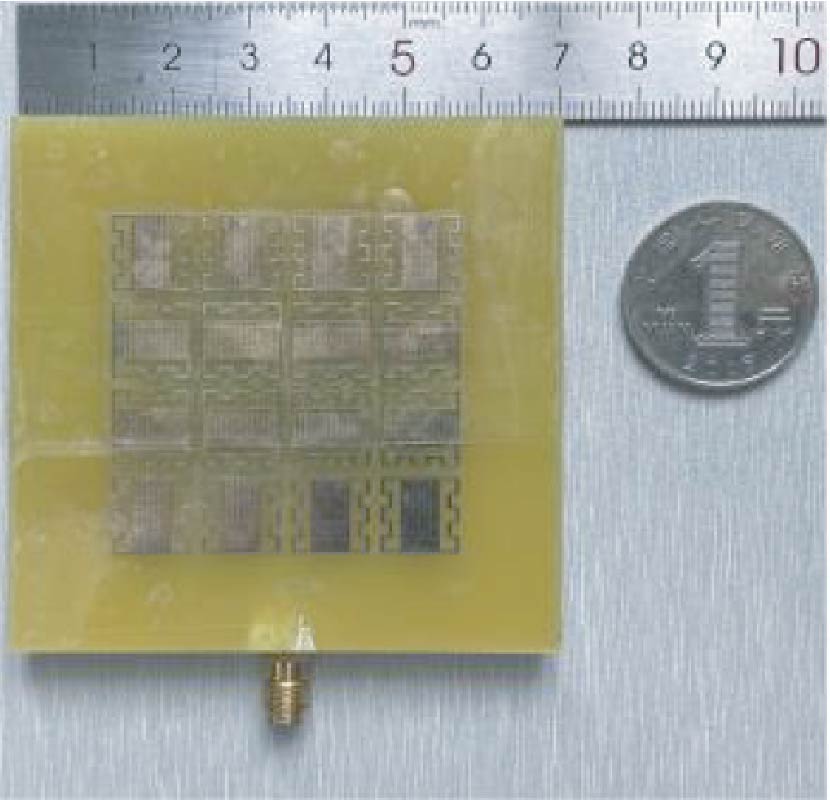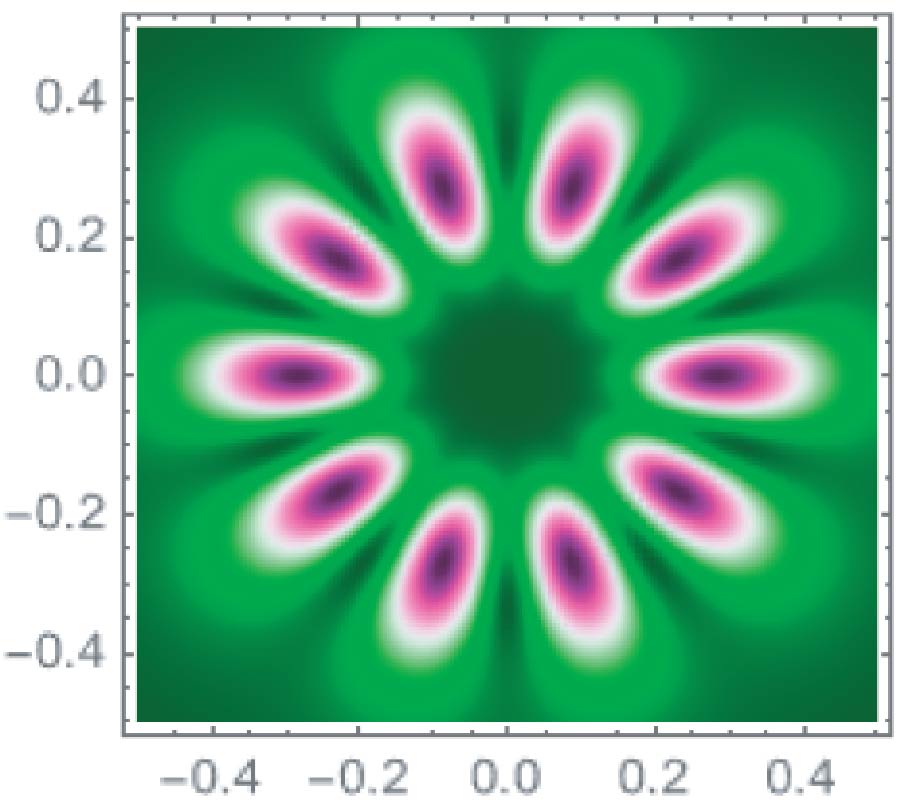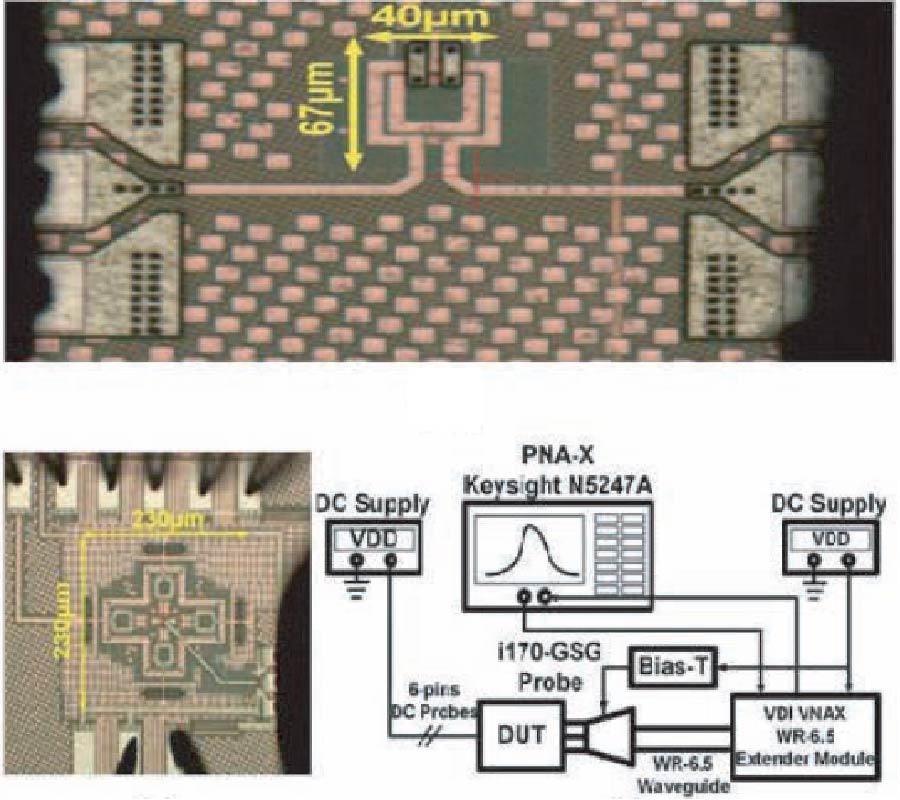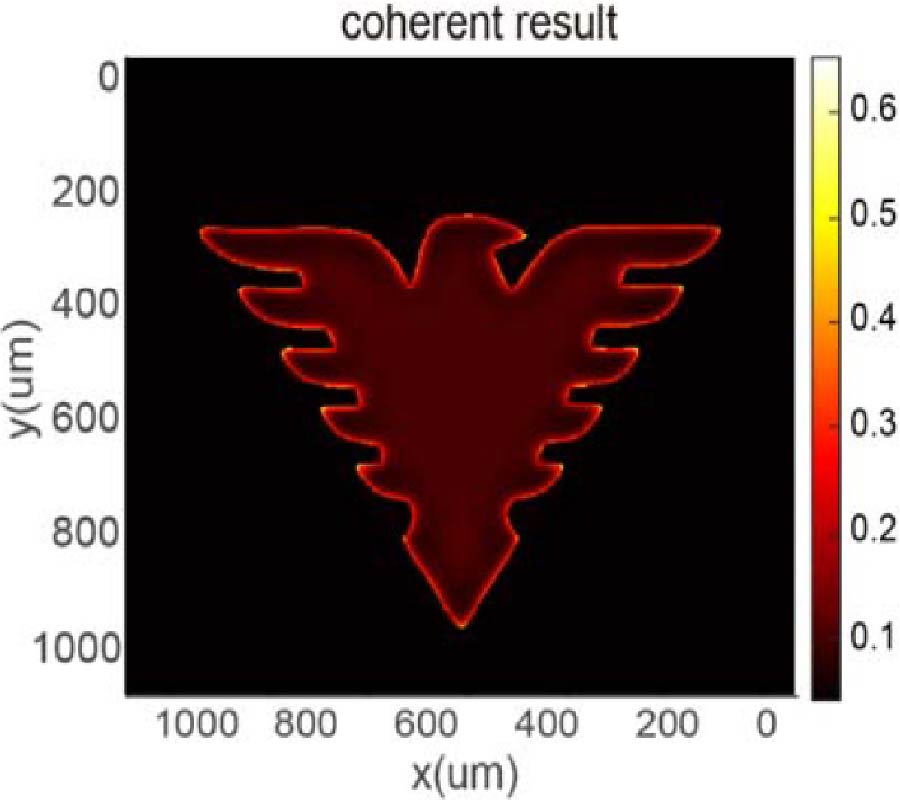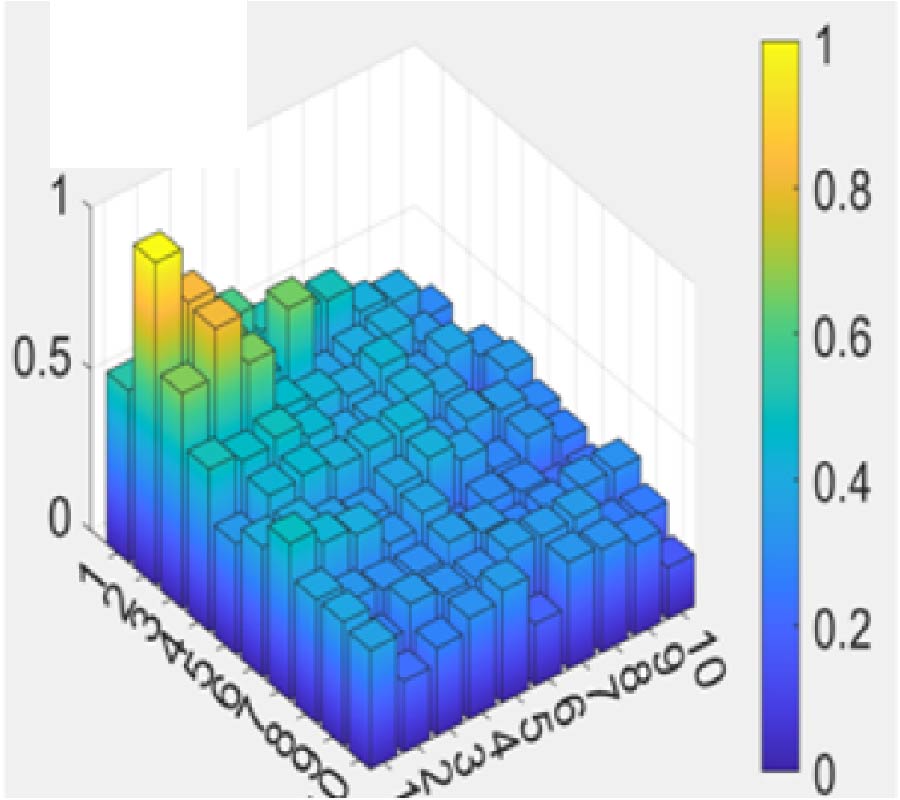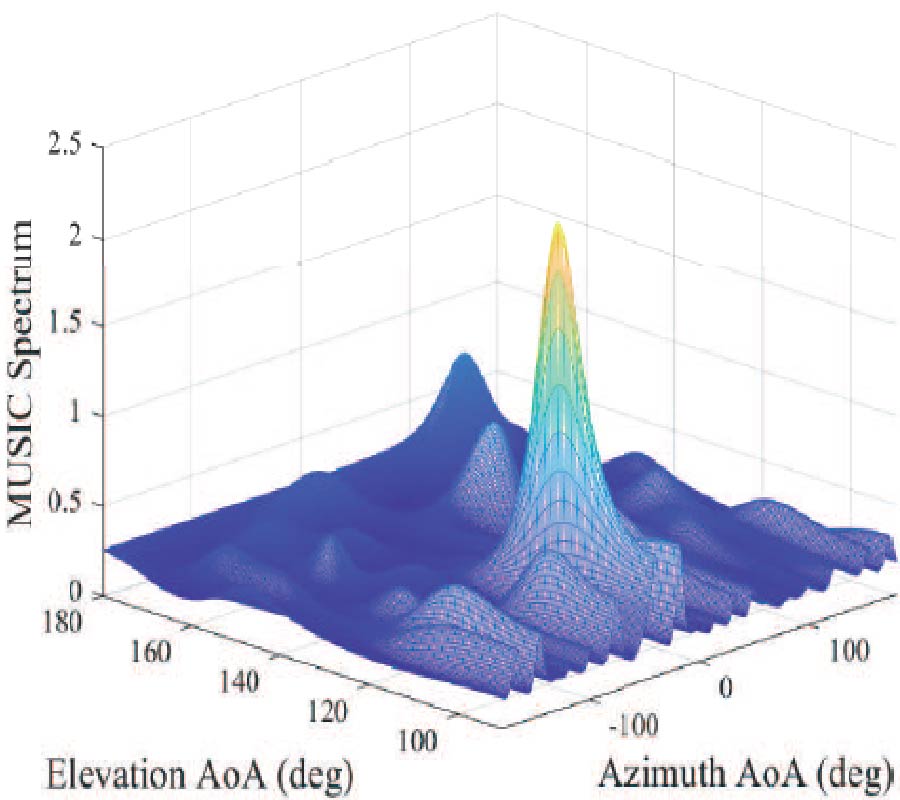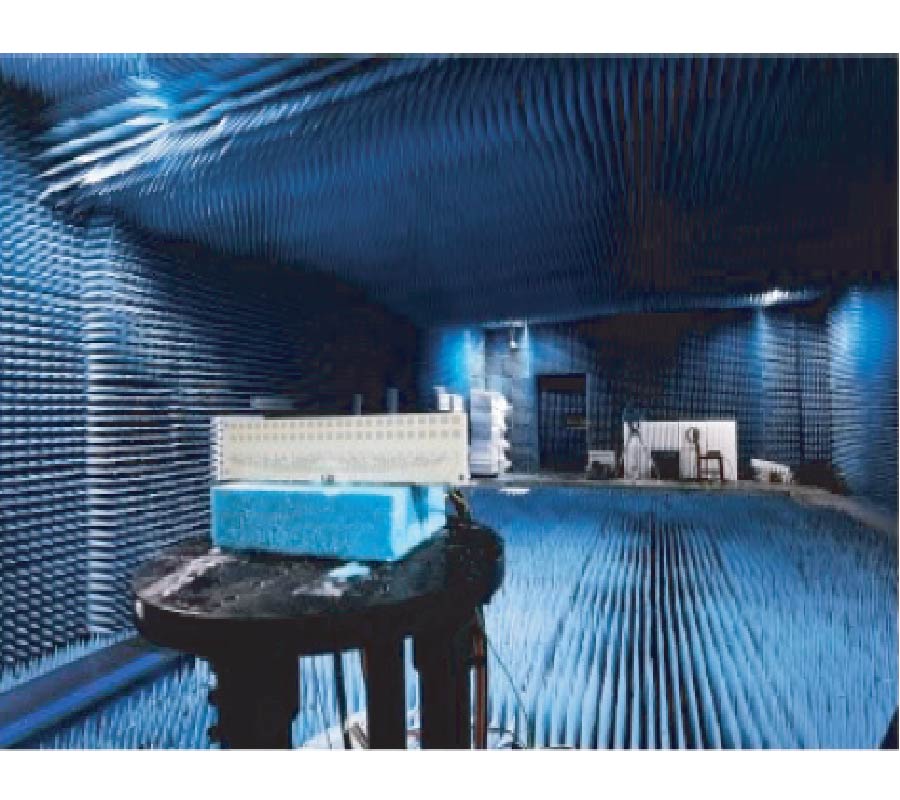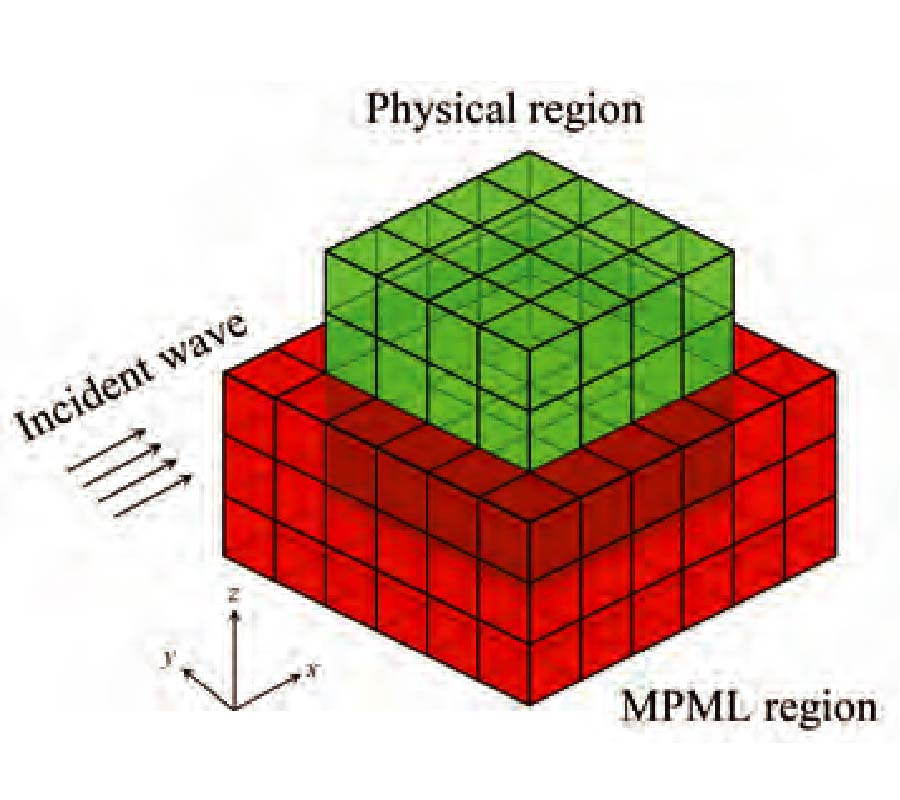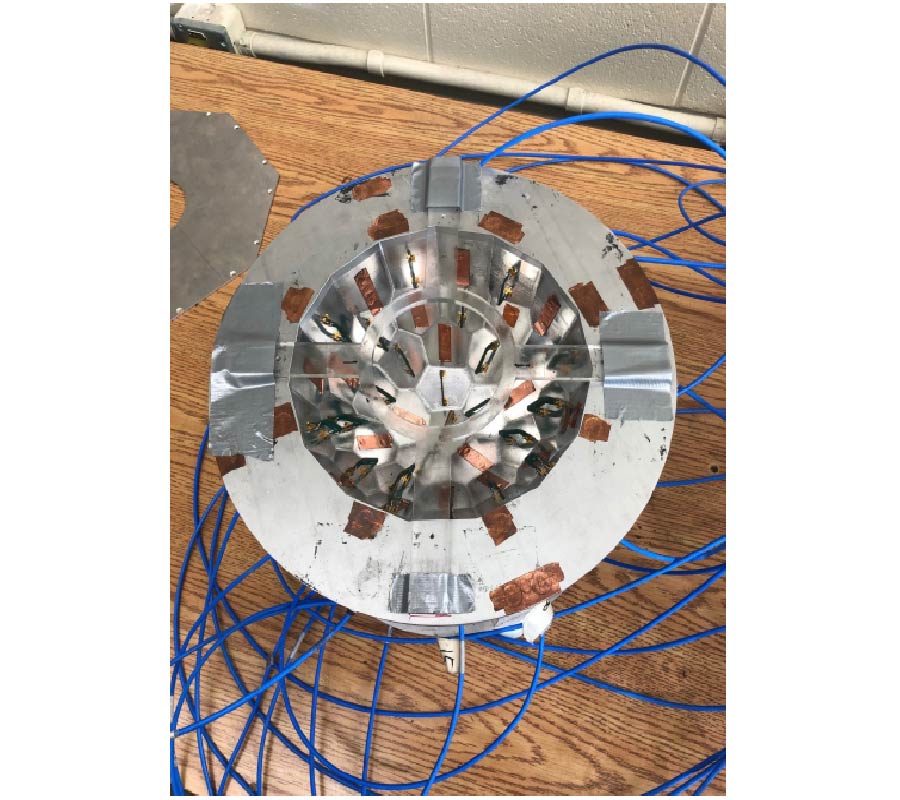Low Cost and High Performance 5-Bit Programmable Phased Array Antenna at Ku-Band
Xin Li,
Han Qing Yang,
Rui Wen Shao,
Feng Zhai,
Guo Biao Liu,
Zheng Xing Wang,
Hong Fei Gao,
Ge Fan,
Jun Wei Wu,
Qiang Cheng and
Tie-Jun Cui
We present a low-cost and high-performance 5-bit programmable phased array antenna at Ku-band, which consists of 1-bit reconfigurable radiation structures, digital phase shifters, and coplanar waveguide feeding network. The 1-bit reconfigurable radiation structure utilizes symmetric geometries and PIN diodes to form stable 180° phase difference. The digital phase shifter provides 168.75° phase difference and together with the radiation structure form a 348.75° phase coverage. The antenna operates between 14.4 and 15.4 GHz, and the overall array contains 24×2 elements with each of them being individually addressable. By changing the states of the diodes and thus adjusting the phase coding sequences of the array, the antenna achieves 0°-60° precise beam scanning at 14.8 GHz, with the sidelobe level, cross-polarization, and gain fluctuation being less than -16 dB, -26 dB, and 2.4 dB, respectively. A prototype was fabricated to verify the design, and the measurement results agree well with simulations. Compared with traditional phased arrays composed of numerous phase shifters and T/R components, the proposed antenna features high performance, high flexibility, low profile, and low cost. The antenna provides a new and feasible solution of wavefront steering and will benefit the various application scenarios.
